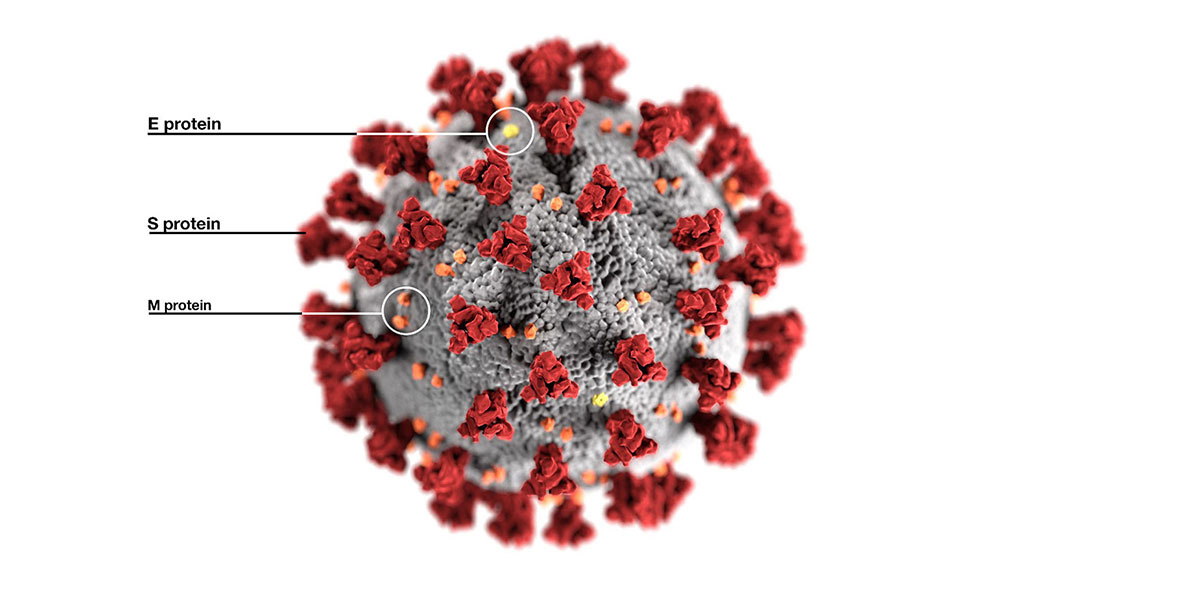Infectious diseases pass from host to host via five main pathways: person to person through direct contact, oral ingestion, vector contact with animals or insects, from contact with a surface (this is called fomite), and through the air via aerosol transmission. When the pandemic started in early 2020, the pathways of transmission of SARS-CoV-2, the virus that causes COVID-19 were not well understood. Through an abundance of caution, recommended from governmental agencies focused on person to person, fomites (surfaces), and airborne transmissions. Since those early days, more evidence has emerged to hone those recommendations. Recent studies indicate that the virus when deposited onto surfaces via respiratory droplets can survive hours or days on some surfaces. The implications are that it is possible a person can catch the virus from touching surfaces.
Studies have found that the virus is more likely to spread to new hosts, infecting their respiratory systems, by transmission through infected droplets or droplet nuclei (dried droplets) suspended in the air. Droplets are expelled particles from a person talking, singing, coughing, or sneezing. These particles range in size from .1 to 100 microns with the smaller particles remaining suspended for hours or days and the larger falling out of the air in seconds. The larger particles which may also contain a higher viral load fall to ground within a range of 6’. This is one of the foundations of the 6’ person to person clearance guideline.
Infectious diseases are controlled by disrupting these paths of transmission. The main strategies to control the spread of the COVID infection remain: Wash your hands frequently, cover your face and mouth when in public, and social distancing.
HVAC systems can play a role in reducing the risk of airborne infections by tackling those smaller droplets and droplet nuclei suspended in the air of occupied buildings. Building owners and facilities managers rely on HVAC professionals like us at Western Allied Mechanical to communicate and implement strategies to increase occupant safety and reduce the risk of infectious transmission as they look toward reopening.
Based on the best knowledge available as informed by ASHRAE, the CDC and the WHO, the recommendations for existing and new building systems to address concerns about COVID-19 transmission in their buildings would include the following measures in order of level of risk mitigation and cost effectiveness:
- Improved Air Filtration
It is recommended that air filters be upgraded to the current California Code minimum of MERV 13, or better. These filters will trap a large percentage of suspended droplets. This measure is more effective on systems with significant Return airflow rates as airborne particles can be captured before being reintroduced to the breathing zone in the space. Systems that are 100% Outside Air already experience zero to low percentages of infectious droplets.
Upgraded filters are a relatively low-cost measure and should not significantly impact operating costs or energy use.
- Increase Outdoor Airflow into the Building or System
For systems with outdoor air economizer dampers, we recommend increasing the minimum outdoor airflow settings and raise the economizer lockout setting to bring more clean air into the building, and dilute the number of infectious droplets in the breathing zone.
For systems with fixed outside air volumes, it is recommended that WAM Engineering review increasing outdoor air ventilation and maximize outdoor airflow achievable to reduce the possibility that contaminants get recirculated while also allowing the systems to adequately heat and cool the occupied spaces.
This measure will have some added costs.
- Increase Ventilation and Airflow Levels at the Zone Level
For systems with VAV boxes serving zones, we recommend increasing the zone ventilation minimum setpoints and disable demand control ventilation sequences that reduce minimum ventilation.
This measure increases airflow through the breathing zone which increases removal of airborne particulates from the building through relieved air or captured in system filters. Increased fan and reheat energy costs are associated with this measure.
- Longer Hours of Operation, Even 24 hours
Reducing the number of suspended droplets in building air by capturing droplets in filters or by dilution with fresh air requires moving the air. This measure is effective by continually moving, filtering and replacing the air within the building to reduce the number of contagious airborne particles through systems with outdoor air economizers or good filtration. During Unoccupied periods, the supply air temperature controls should be set to reduce unnecessary heating and cooling. Run hours should also be examined relative to the protection that operating the system provides. Building air is often circulated at multiple Air Changes per Hour so the greatest benefit by circulating air is achieved in the first few hours after occupancy reducing the operational and energy costs associated with this measure.
- Space Temperature and Relative Humidity
Space temperatures and relative humidity levels have been studied with relation to reducing the spread of non-COVID-19 infections and there is evidence that a space relative humidity range of 40%-60% at typical space temperatures reduces the risk of infections. Few systems have active humidity control and there are significant costs associated with adding it.
- Use Local Fan Powered HEPA units or Localized Exhaust
The use of HEPA filters may also be a consideration but may be more effective when applied to recirculating systems in zones with high occupancy, infectious occupants, or lower amounts of outside air. Similarly, localized exhaust from the breathing zone of occupants may be an effective option for certain applications and will have higher costs associated with them.
As further understanding of this disease develops, the strategies to contain it will likewise need further examination. Western Allied Mechanical is committed to keeping up with the latest developments to provide the most effective and reliable solutions to their building owner and operator partners.


